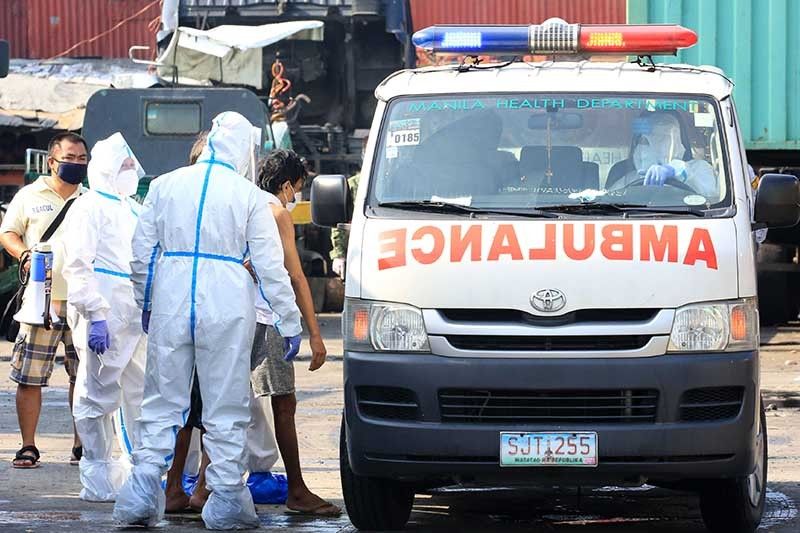DILG tells local governments to beef up contact-tracing teams

MANILA, Philippines — The Department of the Interior and Local Government directed local government units, the Philippine National Police and Bureau of Fire Protection to lend their manpower to the Department of Health in contact tracing of possible COVID-19 infections.
DILG Secretary Eduardo Año in a statement Thursday said LGUs should “increase the number of their trained Contact Tracing Teams (CTTs)” that will identify and monitor persons who are suspected of contracting the disease.
Año stressed that expanded testing is key in implementing the National Strategy to Defeat COVID-19, which is "Detect, Isolate, Treat, and Reintegrate those that have been infected by COVID-19."
“CTTs play a crucial role to lower the number of COVID-19 cases in the country. Identification and isolation of those who had contact with a COVID-19 patient and the recovery of COVID-19 positive patients rely on them,” he added in Filipino.
CTTs in every LGU will be led by the chief of police and assisted by the following:
- City/Municipal Health Officer with a staff from the city or municipal police station, city/municipal health office and the BFP
- City/municipal disaster risk reduction management officer
- City/municipal barangay health worker
- Barangay health emergency response team members
- Barangay public safety officer
LGUs are also ordered to ensure that Ligtas COVID-19 centers or Community Quarantine Facility in their respective localities are functional, with adequate medical personnel, facilities and medicines, and conducive for recovery.
RELATED: 'PUMs' should still be tracked, health group says of new COVID-19 classification scheme
The Inter-Agency Task Force on Emerging Infectious Diseases earlier said that COVID-19 patients are mandated to give their personal information to the Health department. This was also stated in Republic Act 11332 or the “Mandatory Reporting of Notifiable Disease and Health Events of Public Health Concern Act.”
Cabinet Secretary Karlo Nograles, IATF spokesperson, said that DOH may coordinate with LGUs and law enforcement agencies for contact tracing, but will be “mindful of the provisions under the Data Privacy Act.”
Priority for testing
Año said barangay officials should refer to their existing census data to identify “at-risk” individuals. He reminded that tracing those who came in contact with COVID-19 patients will be prioritized as well.
On top of the priority list for testing are in patients, including medical professionals and health workers that exhibit severe to critical symptoms of COVID-19, have known travel history, or those who have been in touch with a patient.
Next are healthcare professionals with mild symptpms and known exposure to a COVID-19 cases; patients with mild symptoms who are identified as high-risk with pre-existing medical conditions and/or members of vulnerable groups such as those who are over 60 years old, pregnant women with co-morbidities, and those who have travel history or contact with a COVID-19 patient.
Third priority are medical professionals and health workers who are asymptomatic but with known contact to positive patients. Asymptomatic patients with known travel history and contact to COVID-19 patients also fall in third priority.
Submission of reports
Local governments are told to submit a status report to the city/municipal COVID-19 Task Force that will then file a regular action report to the provincial and regional task force at 2:00 p.m.
Reports should include number of confirmed cases, number of trained staff for contact tracing, how contact tracing was done, number of PUIs as identified, isolated and tested, and the number of Ligtas COVID-19 Centers in the locaclities.
The number of available PPEs and reverse transcription-polyamerase chain reaction test kits will also be included.
There are currently 5660 confirmed infections in the country. Of these, 362 died while 435 have so far recovered. — Kristine Joy Patag
- Latest
- Trending


































